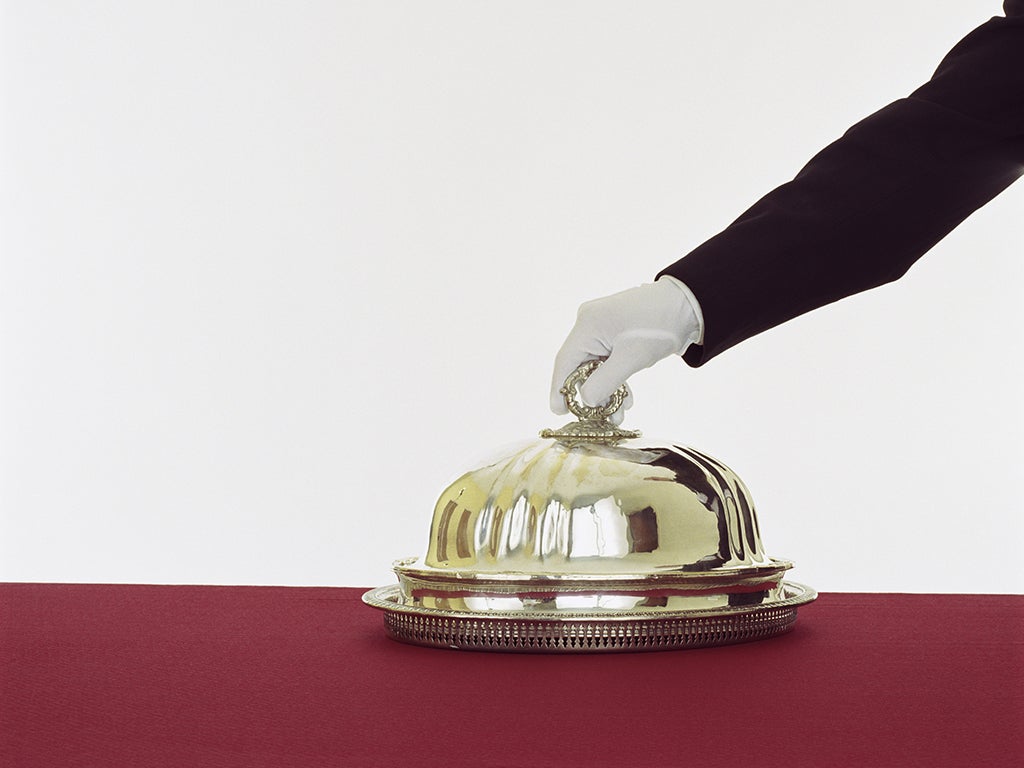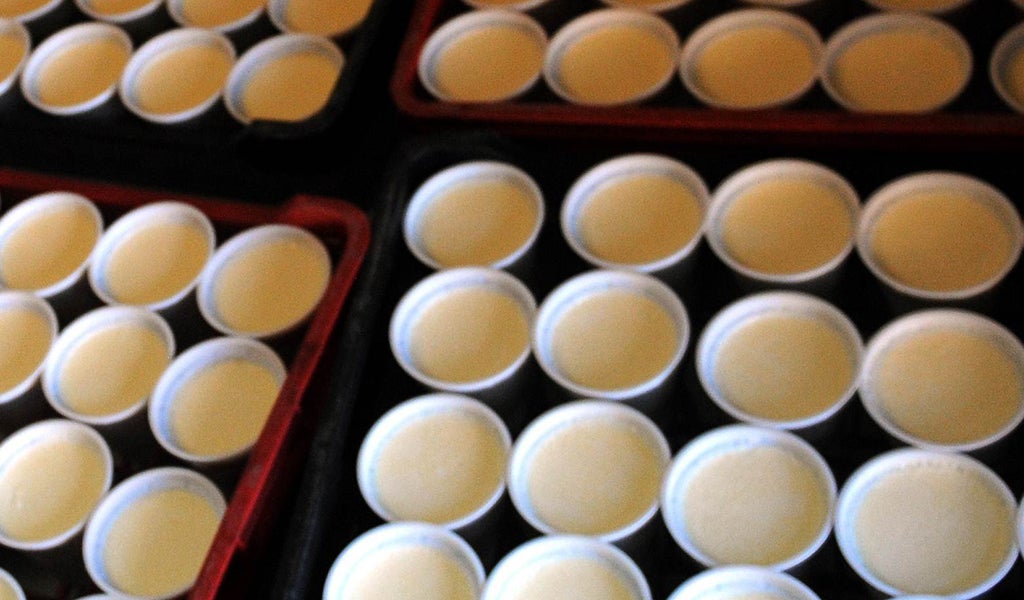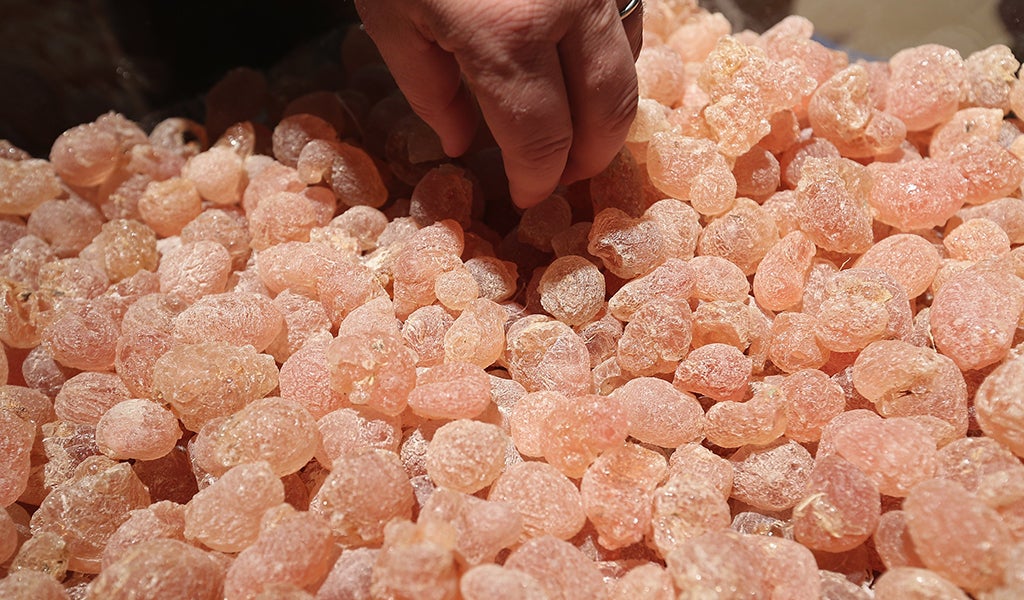Food secrets: the good, the bad...and the faeces
Fun facts for sparkling dinner party conversation (although perhaps some facts shouldn’t be enjoyed with food...)

Your support helps us to tell the story
From reproductive rights to climate change to Big Tech, The Independent is on the ground when the story is developing. Whether it's investigating the financials of Elon Musk's pro-Trump PAC or producing our latest documentary, 'The A Word', which shines a light on the American women fighting for reproductive rights, we know how important it is to parse out the facts from the messaging.
At such a critical moment in US history, we need reporters on the ground. Your donation allows us to keep sending journalists to speak to both sides of the story.
The Independent is trusted by Americans across the entire political spectrum. And unlike many other quality news outlets, we choose not to lock Americans out of our reporting and analysis with paywalls. We believe quality journalism should be available to everyone, paid for by those who can afford it.
Your support makes all the difference.How much do you really know about the food you’re putting in your mouth? How does it get from farm to shelf? What has been done to it to make it taste like that? How come it’s so… orange?
In his new book, Food Unwrapped, food writer Daniel Tapper set out to answer some of the questions people have about mass produced food, where it comes from and what’s in it. Inspired by the Channel 4 series of the same name, it’s an entertaining blend of science, history and a hefty dose of common sense.
“Most people swallow food facts hook, line and sinker,” says Tapper, “so this was a really interesting project to work on. I wanted to write an accessible guide for everyone - not just foodies - on how our food is produced.”
Tapper stresses that the book is not intended to be a scaremongering exercise - and nothing he discovered would make him think twice about eating certain foods. “I thought I knew a lot about food - but I was certainly shocked by a couple of things I discovered,” he laughs. “But if anything, it only made me want to eat things more - I think it’s so much more interesting knowing where foods come from. A lot of people are alienated by modern production methods - this takes the mystery out of it.”
The book certainly does that - dispelling myths about detoxing and ‘lite’ foods - as well as seeing if there’s any truth behind certain old wives tales.
“I’m quite nerdy and I love finding out how things work,” says Tapper. “I can’t imagine a better day than going into a factory and seeing how food is made.”
This is not a drab scientific text; it’s got plenty of fun facts for sparkling dinner party conversation (although, on second thoughts, perhaps some facts shouldn’t be enjoyed with food...).
There is as little as 10 per cent cheese in some processed ‘cheeses’

Cheese singles, those rubbery little things that make you oddly nostalgic for your childhood lunches, thankfully do not actually contain rubber. But they might contain, according to Tapper, water (which can account for about half the product), vegetable oil, potato starch, milk proteins, whey powder, emulsifying salts, corn syrup, dextrose, colourings, preservatives and flavourings.
There's possibly no cream at all in your ice cream

Legally in the UK, there doesn’t have to be any milk at all in it, or if it’s “dairy” ice cream, it must contain 2.5 per cent milk protein and 5 per cent fat. Instead you’ll find palm oil, palm kernel oil or coconut oil. “These are not necessarily worse for you,” says Tapper, “But it does come as surprise - this is the stuff I grew up on and it isn't actually 'cream' at all."
You have one man to thank for many of your probiotics…

And no, it isn’t Mr Yakult. Do you down a daily probiotic yoghurt, brimming with good bacteria? If you’re squeamish look away now. Did you ever think about where they get all that bacteria? Well, a lot of it from one person. The faeces of one person, to be precise. The Finnish company Valio makes probiotic yoghurt for hundreds of brands around the globe. It uses a strain of bacteria called Lactobacillus rhamnosus, which was discovered in 1983 when it was isolated from the faeces of a healthy American. Since then laboratories have been reproducing the bacteria from this original sample, and it is one of the most widely consumed probiotics in the world.
… and lots of pigs to thank for one slice of formed ham

Aw, did you think that slice of ham in your sarnie was sawn off the leg of a particularly juicy sow? Well, sorry. Formed, pre-sliced ham is separated from the bone, washed, injected with preservatives, salt and water, then treated with potassium nitrate (otherwise known as saltpetre - the stuff in gunpowder), sodium nitrate and sodium nitrite - which all help to preserve it and maintain the pink colour. Then the bits are churned up into a kind of ‘meat soup’ and poured into plastic bags - “which, ingeniously, are the shape of a leg of ham,” Tapper adds. Then it’s cooked, sliced and wrapped.
Black and green olives are not as different as you think

Did you think black and green olives were different species, like red and green grapes? Or perhaps that black olives are riper than green? Well, the second statement is partly true. If olives are left on the vine long enough they will eventually shrivel slightly and darken. But that isn’t the most efficient method for mass production, so they are normally all harvested when young, green and at their largest, then treated. Black olives are treated with caustic soda (drain unblocker, but here the quantities used are safe for consumption) and then spun in oxidised water to speed up the ripening process, turning the fruit a shiny black. A black substance, Ferrous gluconate, is then added to stop the colour from fading.
Artificial flavourings are not as bad as they seem

So we’re all savvy enough by now to know that there may not be any strawberries in that strawberry-flavoured sweet. But is that such a bad thing? “A lot of the things we think are unnatural - made with ‘man-made’ additives - are not actually that bad for you,” says Tapper. He argues that whether the ‘aroma’ compounds that give food its flavour are made in a lab or by nature doesn’t make a bit of difference - they are both formed of the same basic chemicals. Plus, ‘synthetic’ flavourings will be bound by strict regulations on dangerous or toxic substances - whereas nature has no such restriction.
Food Unwrapped: Lifting the Lid On How Our Food is Really Produced, by Daniel Tapper, is published by Bantam, £14.99
Join our commenting forum
Join thought-provoking conversations, follow other Independent readers and see their replies
Comments